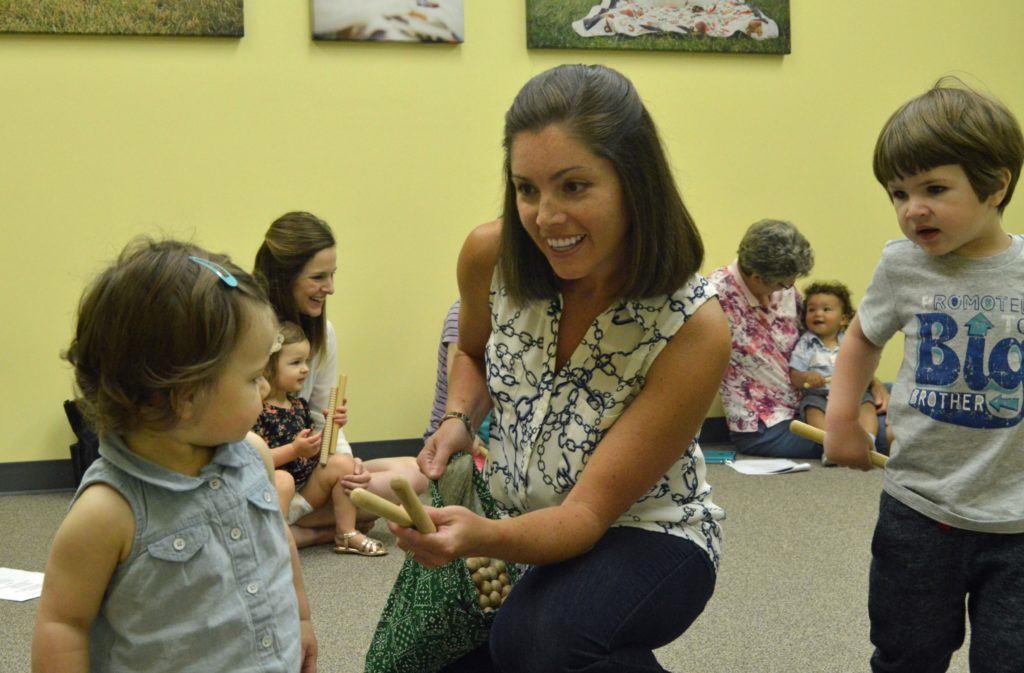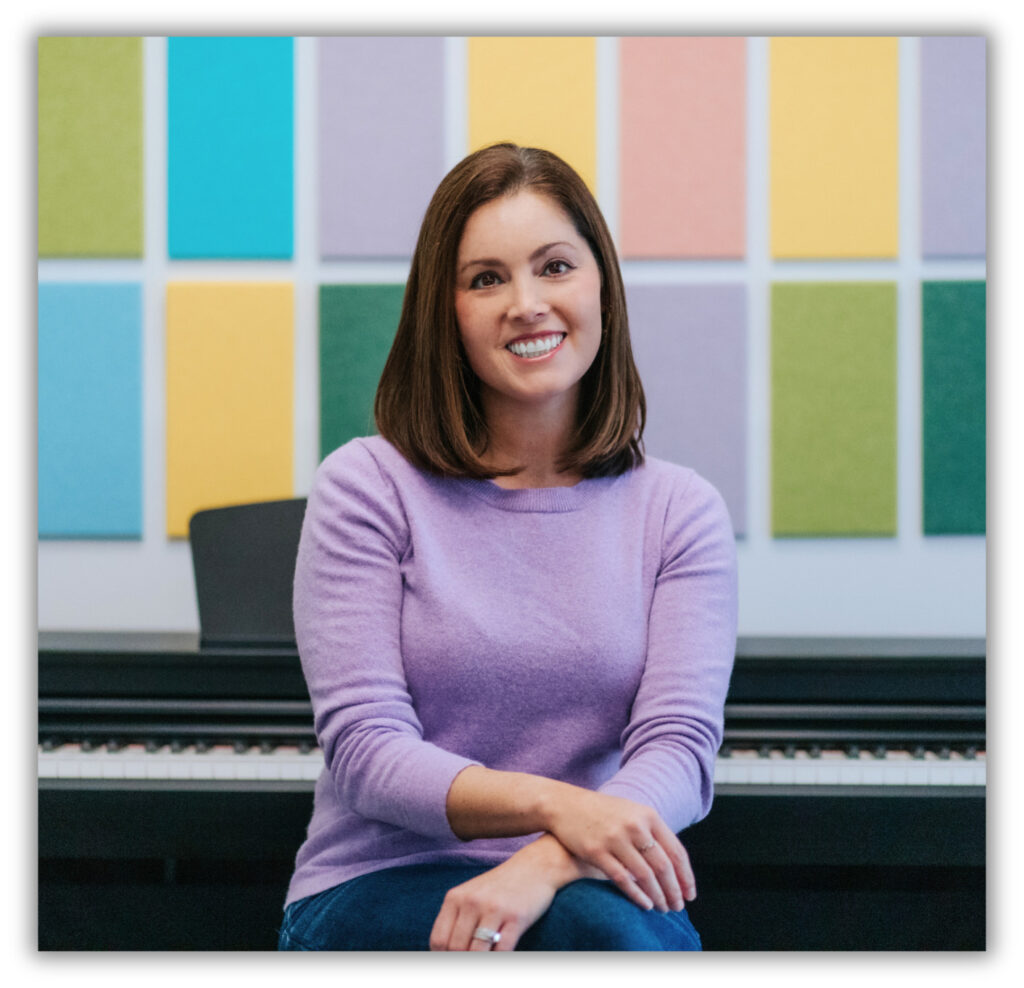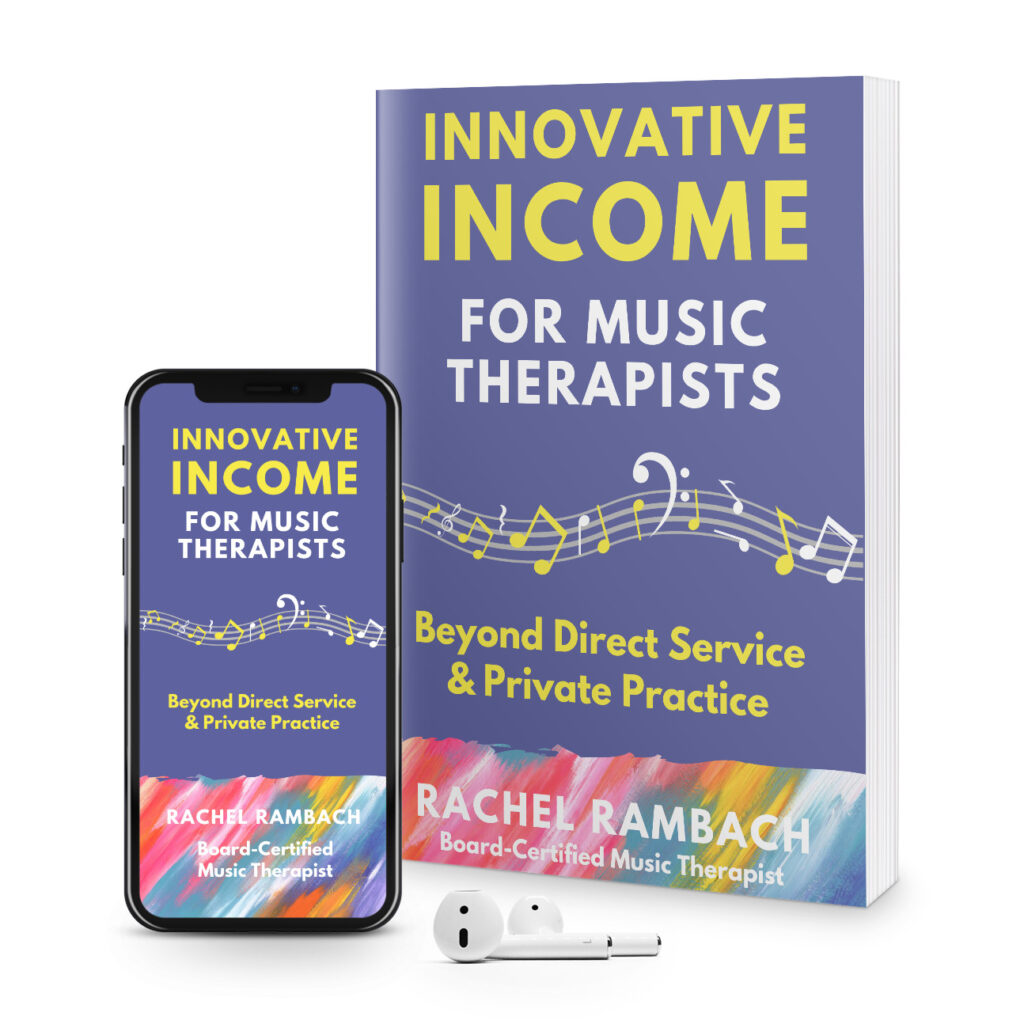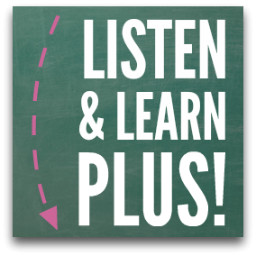 Last week, I started a new feature on the blog called Ask Listen & Learn (follow the link to read the first installment, in which I answer a question regarding songs that aren’t for teaching). I have a new question from a reader to share with you all today. She writes:
Last week, I started a new feature on the blog called Ask Listen & Learn (follow the link to read the first installment, in which I answer a question regarding songs that aren’t for teaching). I have a new question from a reader to share with you all today. She writes:
I have an adult patient who loves Move Your Body Along, but I try to rock it up a big (because my patient is 30). No offense, but the original version of the song might be a little immature for his age. Could you give tips on modifying songs for the age of your patient?
This is a great question. I am constantly adapting and rewriting my own songs for my music therapy clients, not only to fit their unique needs but also to ensure that they are age-appropriate. I’ve cringed on more than one occasion when I’ve seen music teachers, or even other therapists, since “Old McDonald”, “Row Your Boat” and other preschool-level songs with teenagers and even adults with developmental delays. The fact is, just because a 30-year-old may have the cognitive capabilities of a 3-year-old, that doesn’t mean a nursery rhyme is appropriate for that individual. There are plenty of other options.
I work with over 100 students, aged 7-22, at my school. Functioning levels range greatly from class to class, and even within the four walls of one classroom. So I am always thinking on my feet, changing up words, lyrics, and beats to best serve my students in respect to their age and skill level. Here are a few pieces of advice for doing so based on my own experience:
- Let your student/patient make the song his or her own. This takes some of the pressure off of you (!) while allowing an opportunity for that student/patient to flex his or her creative muscles. Using the song example my reader gave, I open the floor to my students when we sing Move Your Body Along. They always come up with way better movement ideas than I do, anyway :) Present a song as-is, but then turn it into a songwriting activity so that the student/patient has control over the subject matter and actual lyrics.
- Give the song a beat. If you use a Mac, set up Garageband so that you can play a loop or beat while you sing with your student/patient. Better yet, let him/her choose the loop or beat. You’d be surprised at just how much this can punch up a song. Plus, adding technology to any activity will make it more appealing to older students/patients.
- Make the song an interactive experience. If your students/clients can communicate verbally, use a song merely as a conversation starter. I do this all the time with songs like Off to School Today, where it serves as a jumping off point to share ideas about the topic at hand. Sing a verse, let them share. Sing another verse, let them share some more. It’s fun to see where the conversation goes.
Of course, it is important to keep in mind that not every single song out there (even those in my collection) are suitable for older students and patients, no matter how you adapt it. So if you just can’t find a way to make a particular song work in a given situation, save it for another time and move along to the next one.
If you have a question you’d like for me to answer here at Listen & Learn, simply send me an email (and be sure to include that you’d like it shared on the blog).






